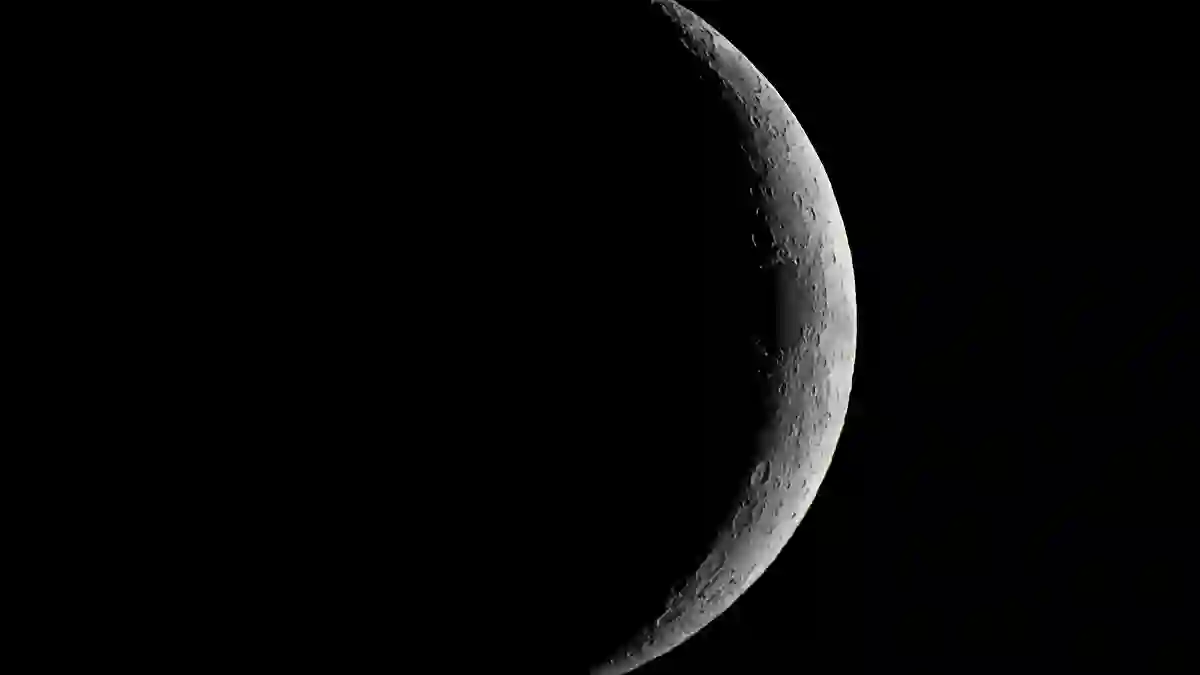This weekend, skywatchers and prophecy enthusiasts alike are turning their attention to a rare lunar event: the so-called “black moon.”
Unlike a full moon that lights up the night sky, a black moon occurs when a second new moon rises in a single calendar month, leaving the side facing Earth completely in shadow.
While some have linked this phenomenon to biblical prophecy, astronomers are quick to reassure the public that there’s nothing to fear.
Black Moon and Biblical Interpretations
Some prophecy watchers have pointed to passages like Mark 13:24, which reads: “The sun will be darkened, and the moon will not give its light.”
To those interpreting scripture literally, the timing of a black moon can feel ominous.
However, experts stress that these interpretations are symbolic, and there is no astronomical basis for concern.
What Scientists Say
Walter Freeman, associate teaching professor of physics at Syracuse University, explained: “A black moon is just a second new moon that happens in one calendar month.
If a new moon occurs near the beginning of the month, the next one can happen before the month ends.
From a scientific perspective, this is no different than any other new moon.”
NASA notes that the term “black moon” is informal.
During this lunar phase, sunlight illuminates the far side of the moon while the side facing Earth remains in darkness, making the moon invisible to the naked eye.
When and Where to See It
This black moon will peak early Friday, August 22, around 12 a.m. ET in the Western Hemisphere.
Observers in other parts of the world will experience the event on Saturday.
Seasonal black moons happen roughly once every 33 months, with the next predicted for August 20, 2028.
The lunar cycle, spanning about 29.5 days, moves from a new moon with zero percent illumination to a full moon with 100 percent illumination and back again.
Because this cycle is slightly shorter than the average month, it occasionally allows for two new moons to fall within the same calendar month.
Amateur astronomers and space enthusiasts have dubbed this second new moon the “black moon.”
Stargazing Benefits of the Black Moon
While there is nothing visually dramatic to observe during a black moon, the darkness offers a unique advantage for stargazers.
With the moon absent from the night sky, stars and planets appear far more vivid.
Constellations like Orion, Taurus, and Leo should stand out brilliantly, while Venus shines with a subtle yellow tint, and Mars appears as a reddish dot near the constellation Cancer.
Freeman added: “The lack of moonlight makes for perfect stargazing conditions.
It’s an excellent opportunity for amateur astronomers or anyone curious about the night sky to get a clearer view of stars and planets that are usually washed out by the moon.”
Separating Myth from Astronomy
Despite sensational online claims, experts emphasize that a black moon does not herald disaster or the end of days.
In 2016, National Geographic described it as “the evil twin of a blue moon,” highlighting that the phenomenon is purely astronomical, with no inherent spiritual or prophetic meaning.
For those eager to gaze upward, this rare lunar event is less about omens and more about enjoying a darker sky and discovering the night’s celestial wonders in unprecedented clarity.



